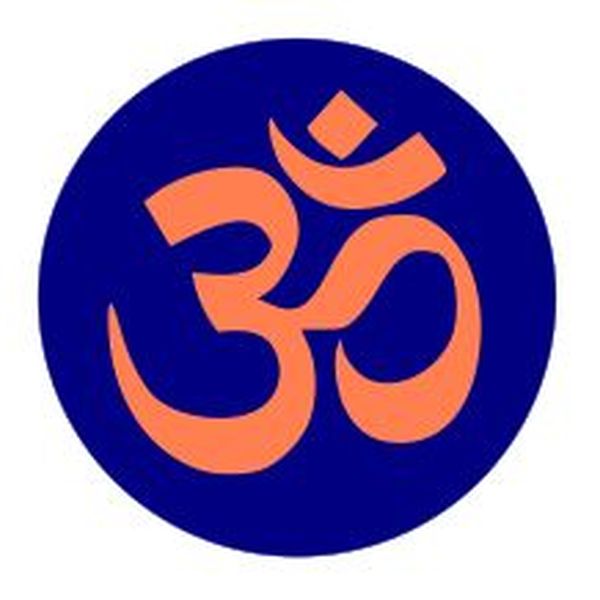Content of Vedas
Hindus hold several blessed works instead of one blessed book. The essential holy messages, called the Vedas, created approximately 1500 B.C. This range of choruses and songs was authored in Sanskrit and comprises disclosures by early holy people and thinkers. There are two fundamental classifications of strict messages inside this tremendous range, Shruti (uncovered) and Smrti (recollected). Shruti for the foremost part alludes to the Vedas, the Brahmanas, and therefore the Upanishads; some Hindus additionally demand the Bhagavad Gita as Shruti. Smrti regularly alludes to everything else. Hindus accept that the Vedas rise above unequaled and do not have a start or a conclusion. The era when the Vedas were created got called the ‘Vedic Period’ and kept going from around 1500 B.C. to 500 B.C. Ceremonies, as an example, forfeits and reciting, were regular within the Vedic Era. The literary convention of Hinduism incorporates a practically deep range of oral and composed sacred texts that incorporate fantasies, ceremonies, philosophical hypothesis, reverential sonnets and tunes, neighborhood accounts, etc.
‘Culmination’ of the Vedas
The Vedas structure the establishment of Hinduism, the bedrock whereupon the entire convention is assembled. Even though Hindus of various schools and various organizations regularly adjust to several writings, for all objectives and purposes all Hindus perceive the legitimizing power of the Vedas. They together contain over 1,000 songs of acknowledgment routed to the divine beings, likewise explain directions on the foremost proficient method to steer amends to those tremendous beings, and a huge body of legends. Every Veda, thusly, has four divisions. The essential division is thought to be the Samhita, which is just the Vedic content. The opposite three divisions—the Brahmanas, Aranyakas, and Upanishads—are critiques and elaborations on the essential Vedic content.
Although remembered for the Vedas, the Upanishads are fairly un-Vedic sacred manuscripts. The key Upanishads, of which there are generally thirteen, were presumably created somewhere within the range of 800 and 100 B.C.E. The Upanishads are normally comprehended by the Hindu custom as an expansion of the Vedas; they’re likewise noted, on the entire, as Vedanta, the ‘culmination’ of the Vedas. Be that because it may, the Upanishads fundamentally dismiss a major number of Vedic beliefs and traditions. The Upanishads to a good extent dismiss the various gods of the Vedas, contending that each one amongst the one gets from such custom is progressively material. The elders who created the Upanishads probe for something else—extreme, unceasing salvation. Along these lines, they place a solitary, interminable, generic grand power that quickens and saturates the entire universe—Brahman.

